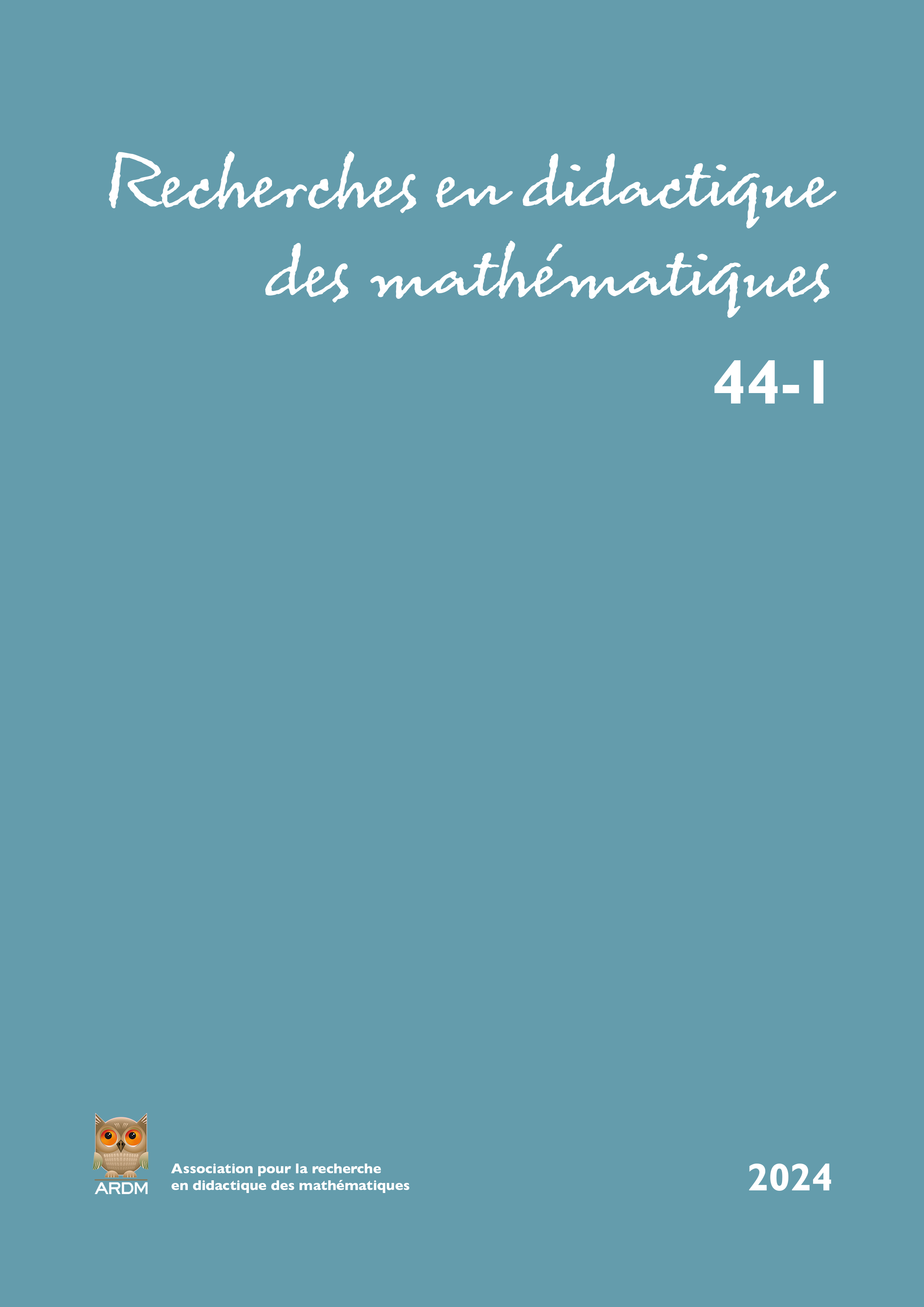 |
44(1)
Les trois articles qui constituent le premier numéro du volume 44 témoignent d’une grande diversité dans les thématiques abordées et les systèmes éducatifs considérés : l’interdisciplinarité en mathématiques et sciences physiques en Grèce, l’enseignement de la multiplication en France ou encore une étude comparative de l’enseignement des fonctions quadratiques dans cinq pays (Brésil, France, Japon, Espagne et Vietnam). Les approches théoriques utilisées dans ces travaux sont la Théorie de l’Action Conjointe en Didactique, la Théorie Anthropologique du Didactique ou la Théorie des Situations Didactiques. Les trois langues de publication de la revue sont représentées, en l’occurrence le français, l’espagnol et l’anglais.
